It was at the start of the festive season that the problems on the Elizabeth line and the Great Western came into sharp focus.
On December 7 2023, passengers were stranded on trains for hours after damage to overhead power lines.
It was at the start of the festive season that the problems on the Elizabeth line and the Great Western came into sharp focus.
On December 7 2023, passengers were stranded on trains for hours after damage to overhead power lines.
The Great Western had no power and no communication.
Hundreds of passengers had to be walked along the tracks to reach stations. It was a very bad day for the railway.
One of the commuters stuck that day was Ben Sherliker, from West Ealing.
“Once the driver’s radio had gone out, they couldn’t signal to us,” he recalls.
“I expected the driver to walk down the train or something, or the police to come by and knock on the door and say you are going to be waiting for so long, but there was nothing.
“So, everyone was in the dark, everyone was getting more and more frustrated.
"People were getting off the train.
"That was the main problem - the communication, and not knowing what was going to happen.”
Under investigation
Irene Fung was with her newborn baby on a train heading to Heathrow. She too was stuck on the train, and she missed her flight.
“The Elizabeth line is brand new, right? So, I thought it should be quite reliable,” she says.
She has a valid point.
But while the trains on the Elizabeth line are indeed new, the infrastructure it uses on the Great Western line is not.
The Great Western is maintained by Network Rail… and it has been struggling. It is already subject to an Office of Rail and Road investigation, owing to poor reliability.
There have been numerous broken rails and power line problems, because one of the busiest rail corridors in the UK hasn’t been able to cope with an increase in traffic.
It is used by Great Western Railway, the Elizabeth line and Heathrow Express, as well as freight. Any problems lead to thousands of disrupted journeys.
If December 7 was the line’s low point, then that low point had been brewing for months.
Ever since Elizabeth line trains started operating in May 2022, commuters in West London have been complaining about a poor service on the line. Initially complaints were dismissed, but slowly they began to grow as travellers become increasingly frustrated with reliability.
London Mayor Sadiq Khan tried to intervene, and wrote to Network Rail on December 13, saying: “The reliability of the Elizabeth line has not been good enough.”
Khan conceded that it was “hugely complex” to operate a “metro-style service” on the same infrastructure as national rail services, but he wanted improvements.
For decades, the line has also been used by freight operators.
Traffic includes important stone deliveries to projects such as HS2, and household waste.
Maggie Simpson, director general of the Rail Freight Group, believes the line’s resilience and the maintenance plans needed to be looked at.
“Stuff happens - of course it does. But you have to try and make it happen as little as possible.
“I think it is worth Network Rail understanding why that route is performing worse than other similar routes.
“Is it something to do with the way they are maintaining it, or assets?
"I don’t know, but it’s definitely below other similar routes, so there must be something going on because I don’t think it’s particularly old infrastructure compared with anywhere else. So, something in the way they are managing it needs to be reviewed.
“I suspect also they need to look at the resilience point. If we are getting an incident, is it being recovered quickly enough?
“Obviously with Crossrail there are a lot more trains than there were, and it may be that is stressing some of the systems that might need to change.
“We run a lot of freight in the night and the day, so understanding where and how you get the right level of access to the network to do the work you need to do without stopping freight trains is also really important.”
What were the causes - and how to prevent a repeat incident
So… why has all of this happened and what is the solution?
Marcus Jones is Network Rail’s Western Route Director. He now oversees the Thames Valley service recovery plan - known internally as Project Brunel. A new management team is in place.
He acknowledges the service “hasn’t been good enough”, with commuters only being able to rely on the service “two days a week”.
Network Rail believes the issues stem from a huge increase in usage on the route since the launch of the Elizabeth line. There are 17% more trains and 38% more tonnage.
But Jones concedes that maintenance and renewals did also slip, creating a perfect storm: “What we do think has been a unique factor is that we have opened a brand-new railway which we are really proud of, which was a really phenomenal achievement, and a real success.
“But we’ve had a lot of large-scale enhancements on the railway, coupled with COVID and industrial action, which meant we did get behind on some of our maintenance and some of our core renewals. It means part of this plan is to catch some of those renewals back up, but we’re also finding our maintenance is getting in a much better place now.”
Technically, the main issues have come from track defects, points, signalling equipment, and overhead wires.
Network Rail has identified 19 locations where renewals and improvements need to be made quickly.
It is allocating £140 million to this.
Jones says that, crucially, the failures have happened in areas that have affected the railway badly: “Based on the data that’s coming out of those key failures, we’ve been able to build a really credible plan of how we can put some sticking plasters on it to stabilise our performance over the next six months.
“It is not where we want it to be long-term, but customers will be able to rely on us a bit more, because at the moment it’s fair to say they can rely on us for two days a week.”
Using data from failures, NR will (for example) start to replace axle counters - part of the signalling systems used to detect the clear or occupied status of a section of track.
These have been failing.
They will be replaced with a UK-first axle counter that features better monitoring, so NR should be able to tell before they fail.
The signalling system between Heathrow and Paddington will be upgraded over the next six months. Jones says that should give some “performance uplift”.
There will also be track renewals.
Because of the increase in trains, any disruption is also now having a much bigger impact.
Previously, a ten-minute stop by a train on the line would disrupt two others.
Now, a ten-minute stop goes right up the Elizabeth line affecting five or six services, rippling all the way into Essex.
Those impacts had been modelled previously, although Jones concedes that the full impact across the network could have been “underestimated”.
Increasing works access time
He says there will be a knock-on effect for commuters for the next few months, however, and that there could be more disruption ahead: “The next six months we are going to stabilise the railway so people can rely on us every day. But equally, the next six months, we’re sorry for the additional access we have taken, and we are trying to make sure we do limit it to absolutely as low as possible, so we aren’t disrupting people unnecessarily.”
Access is a problem. Network Rail says that since 2018, the average working time on the infrastructure per night (given the increased use) is limited to 2.5 hours.
Network Rail will increase that. For example, over a four-week period from 2200 every night, use of the four lines is due to be reduced to two. Jones says that will cut services, and that for two weeks trains won’t call at some stations such as Hanwell, West Ealing and Acton Main Line.
“We are going to run a two-track timetable so customers can still move on the Western network, but at reduced capacity.
“Late at night for the last two hours of service, we are dropping to two tracks instead of four. It means we are able to do some of this work in those timeframes, so we aren’t taking all of those line blocks which are disrupting people.
“The other thing is we are trying to integrate our work more with HS2 and our existing closure programme, to minimise the impact on customers.”
Some of the infrastructure is also old.
The overhead wires between Heathrow and Paddington date from the 1990s. Over the next five years, they will be replaced as part of Network Rail’s Control Period 7 (CP7) plan. NR is also seeking to establish if any renewals from CP7 can be brought forward.
Communicating with customers
There was a review after the incident on December 7. All involved agreed that clearer communication with passengers had to be a priority.
Mark Hopwood is managing director at Great Western Railway.
He says Network Rail now has a good team in place.
“We have been involved with Network Rail in trying to get them to put a plan together that does the right things.
“The first thing is we share our passengers’ concerns. We have a lot of disruption on the infrastructure, and we are particularly concerned about the corridor between Reading and Paddington.
“The good thing is we now have a team at Network Rail that first of all understands how serious the situation is and that it needs to be addressed. We also have a leadership team that knows what good looks like. “
GWR says most of the problems are coming from infrastructure.
“Passengers are clearly demanding improvements, and we agree. In very simple terms, two-thirds of the delays that people are seeing on our trains in the Thames Valley come from Network Rail - that’s normally to do with things such as track, signalling and overhead wires.
“Over the last six or seven years, delays caused by the rolling stock themselves has reduced by over 50%, so we are really keen to see an improvement of that magnitude come through on the infrastructure as well.”
Hopwood hopes the disruption will be kept to a minimum: “I think what’s important now is that they deliver on those plans.
"We don’t want the work itself to be disruptive to customers, but sometimes you can’t make an omelette without breaking some eggs. So, there will be some times, when we see some disruption, to let Network Rail to get in and fix things.”
Howard Smith is director of the Elizabeth line at Transport for London: “It’s a good plan. The best plans appear like common sense. Stabilising things, focusing on response and stabilisation, then followed by more intensive work on the assets that are already in place.
“And then longer term, at the end of Network Rail’s control period in particular, actually doing some renewals of the life expectancy on tired assets such as some of the overhead power lines out of Paddington. It’s common sense and it’s a good plan.
“If you look across the assets that are causing issues, it’s pretty much across the range.”
London Mayor
For Transport for London, there is one particular area of focus.
Smith explains: “The one thing that’s particularly important to us is that we are completely an electric railway. We rely completely on the overhead power supply. If there was one area that we are particularly focused on, it’s overhead electrification.”
There is also work planned to build Old Oak Common station for HS2 and the Elizabeth line. Seventy days of closures are planned over the next five years, and Network Rail hopes to co-ordinate its work with the track possessions already in place.
London Mayor Sadiq Khan says he will be monitoring the improvement plan.
“I have been absolutely clear with Network Rail, MTR and TfL that the issues we have seen over the last six months are not acceptable,” he says.
“I am pleased that they have brought forward a comprehensive plan to resolve the problems on the line, and I will continue to hold them to account.”
There is some optimism, but the big question now is: will the improvements work?
NR says commuters should see a good service within six months. The stakes are high politically and reputationally.
Network Rail concedes what commuters already know: the railway in and out of Paddington has not been anywhere near good enough, and it has to improve.
Login to continue reading
Or register with RAIL to keep up-to-date with the latest news, insight and opinion.

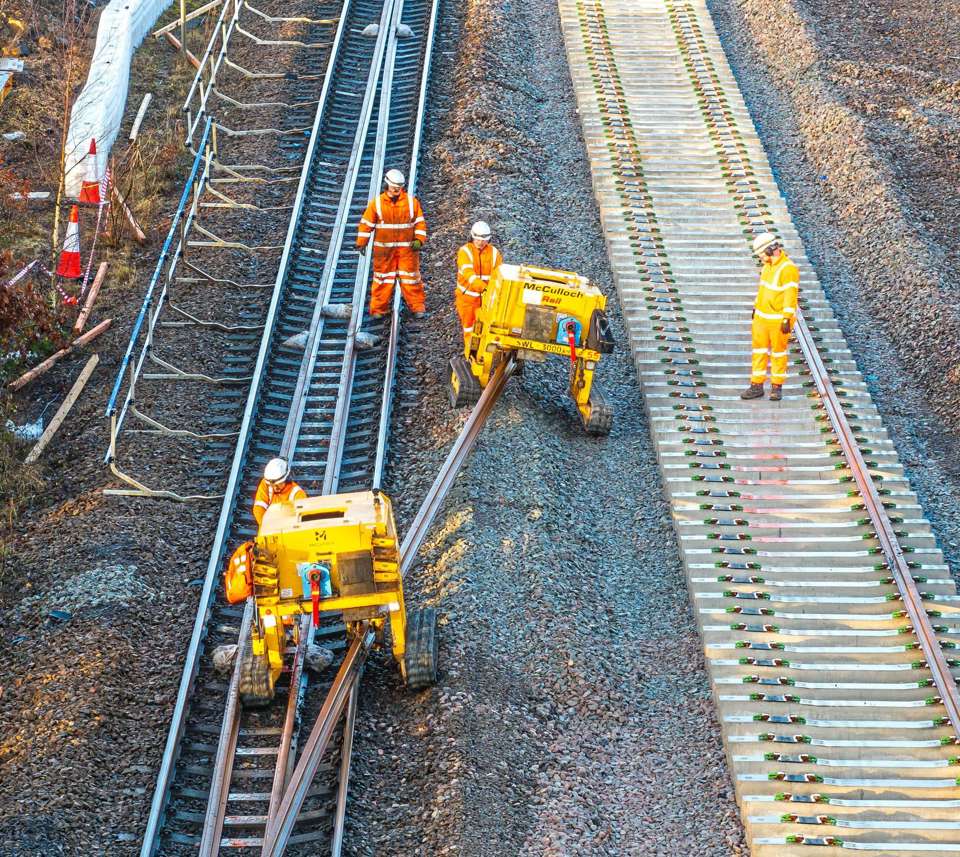

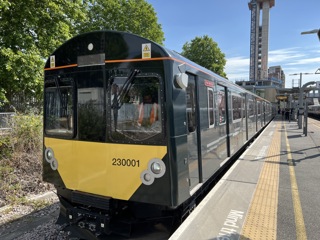
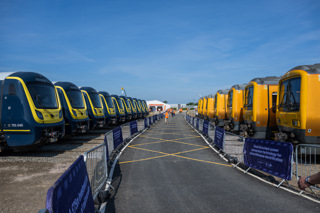
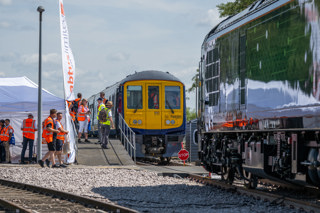

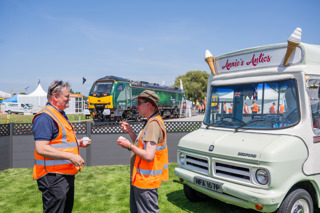











Login to comment
Comments
No comments have been made yet.